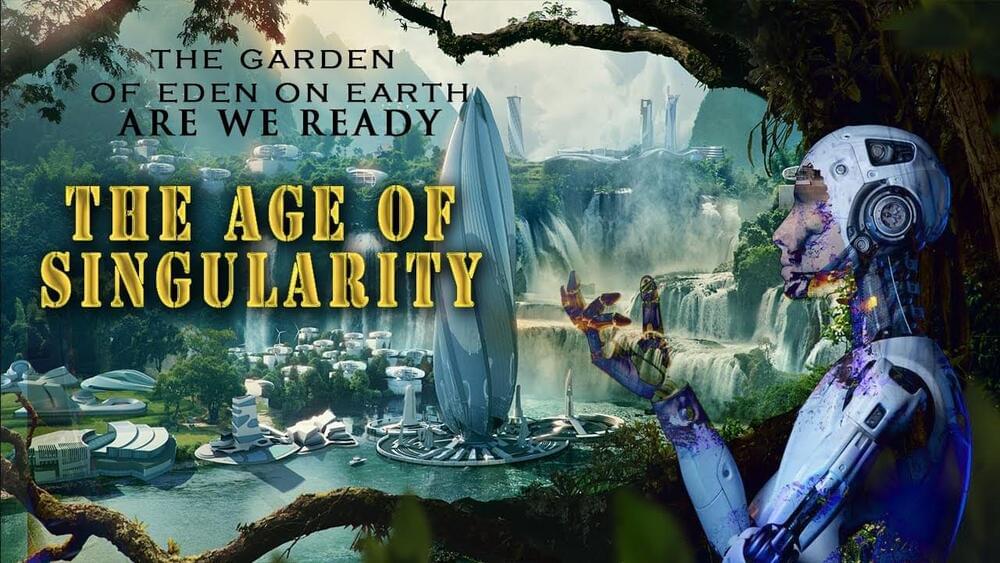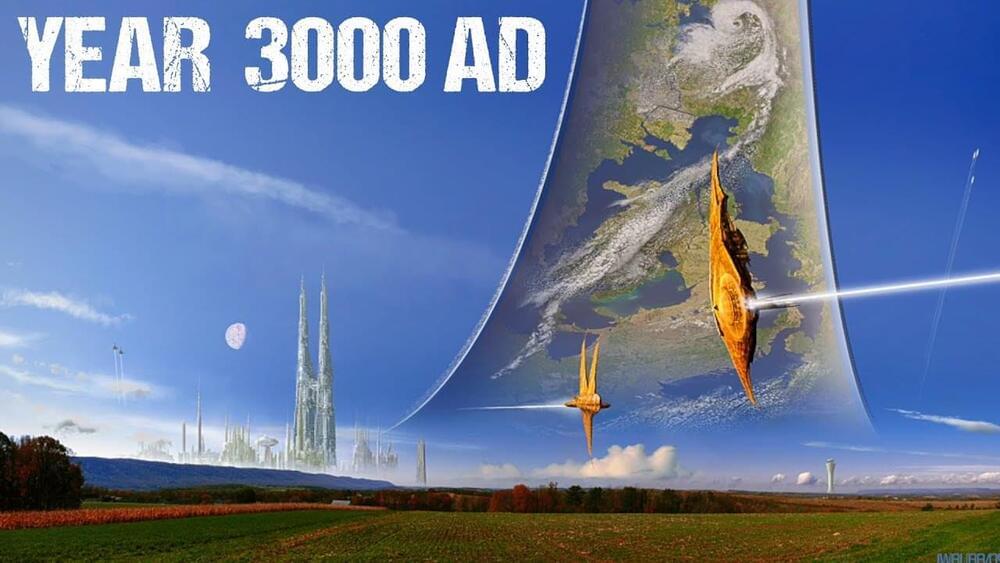As artificial intelligence and automation technologies continue to improve, they will become more important in driving the growth of new industries that are based on data.
Artificial intelligence is the development of computer systems that are able to perform tasks that typically require human intelligence, such as visual perception, speech recognition, decision-making, and problem-solving. AI systems are typically designed to be able to learn from experience, adapt to new inputs, and improve their performance over time.
Automation, on the other hand, refers to the use of technology to automate tasks that were previously performed by humans. This can include everything from simple tasks like data entry to more complex tasks like driving a car or managing a supply chain. Automation can be powered by a variety of technologies, including AI, robotics, and machine learning.









